Preface Free
The physician must be able to tell the antecedents, know the present, and foretell the future—must mediate these things, and have two special objects in view with regard to disease, namely, to do good or to do no harm.
Of the Epidemics (400 B.C.), Hippocrates
Battle is the most magnificent competition in which a human being can indulge. It brings out all that is best; it removes all that is base. All men are afraid in battle. The coward is the one who lets his fear overcome his sense of duty. Duty is the essence of manhood.
General George S. Patton
Interview with Aaron Cohen-Gadol about the Atlas.
Led by my lifelong quest for technical proficiency and excellence, I conceived the idea of this Atlas during my early years as a staff neurosurgeon. As a medical student, I persevered on a career in neurosurgery because I believed in operative neurosurgery as a dynamic art. This Atlas defines my journey for reaching technical excellence in the art of microneurosurgery. My fundamental philosophy has always been: "Failure is not an option."
Certain principles have been my consistent theme and doctrine. Technical fluency and efficiency has been the hallmark of my operative philosophy. All nondeliberate movements are strictly prevented and operative time is kept to a minimum, even for very complex AVMs and skull base tumors. No movement is performed under time pressure and no surgery conducted hurried, impatiently, or rushed. The time saved is based on the execution of gentle, deliberate, decisive, aesthetically pleasing, and choreographically planned maneuvers while avoiding hesitant and waste exploratory movements. This operative efficacy has led to improved outcomes for all of my cases, including the complex ones.
Sincere devotion to technical learning and an ongoing review of recorded operative videos have played pivotal roles in enhancing my operative efficiency. Fluent, active, smooth, transitional movements have replaced passive, lethargic, exploratory actions. The experience gained from a critical review of these videos has essentially eliminated “wondering what to do next” during complex operations.
I compare microsurgery to playing the piano. There is no place or time to plan during the final performance. The transition from one note to another defines the elegance of the song and the finesse and acumen of the operator.
Time-consuming unnecessary approaches and maneuvers are abandoned. Dogmatic overuse of extensive skull base approaches are avoided, and the focus is turned toward minimizing operative morbidity while handling the pathology at hand with minimal disruption of normal anatomy.
The operating room microscope is used only to perform microsurgery, never macrosurgery. The magnification, illumination, and stereoscopy of the scope are maximally exploited. With the use of the mouthswitch while working in exceedingly small operative corridors, dynamic retraction exposes only part of the pathology at one time and protects the patient’s brain from retraction injury. I have learned to do more through less disruptive but more restrictive operative corridors. Flexible operative angles, rather than generous operative space, have determined my limits of required exposure.
This Atlas would have not been possible without the help of numerous fellows, medical students, and research assistants (Table 1). I want to extend my sincere appreciation of their selfless efforts to make this work possible. Jared Travnicek (the art director) and Elyssa Siegel have added special beauty and indispensable clarity to this work through their magnificent artistic illustrations. Marilyn Yurk’s editorial efforts have transformed the readability of this offering to a new level. Dr. Albert Rhoton graciously agreed to the use of his magnificent anatomical dissections. His work has added a pertinent layer of knowledge to this Atlas; may God bless him in peace.
| Benjamin Hendricks | Andrew Conger | Aqueel Pabaney |
| Jonathan Parish | Charles Kulwin | Mahdi Malekpour |
| Daryoush Tavanaiepour | Analiz Rodriguez | Gustavo Luzardo |
| Jeremiah Johnson | Roberto Rey-Dios | Richard Kim |
| Gina Monaco | Shaheryar Ansari | Tim Kovanda |
| Christopher Kellner | Jonathan Weyhenmeyer | Farhan Mirza |
Table 1: Collaborators who have generously assisted with this Atlas project
Personal Philosophy
To further expand on the above sentiments, three ingredients have been critical in the evolution of my microsurgical skills:
First, objective self-reflection and respect for constructive feedback from colleagues and a devotion to learn from my own as well as colleagues’ mistakes and experiences.
Second, a passionate sense of confidence that comes from the knowledge that we, as surgeons, will refine our techniques only by tackling more difficult cases that push the boundaries of our comfort. We must be intimately familiar with how to “get out of trouble” in order to protect the most important result of our work, the welfare of the patient.
Third, the key ingredient in the evolution of the surgeon’s microsurgical skills is an innovative spirit to attempt new techniques and operative routes for difficult-to-reach tumors. All dogma must be abandoned. The rationale for saying “this is how we always do it” or “this is how I did it in residency” must be questioned.
Surgical intelligence is difficult to define, but it is the ability to monitor one's own operative maneuvers, to discriminate among different operative strategies for efficient handling of the lesion, and to use momentous intraoperative findings to guide the overall plan.
Rigid loyalty to the point of religious conviction to a particular operative technique will compromise the patient’s care. The operator’s philosophy should remain flexible, and he or she must consider contingency plans when unforeseen challenges arise.
Surgeons do not “shine” when routine cases go great. In fact, the master surgeon is recognized when he or she achieves the best outcome under the worst intraoperative circumstances. In other words, the master captain navigates the ship to the shore under the most turbulent conditions. Surgical intelligence, patience, and appropriate temperament define the best of us.
Microsurgery is a passion, not a job and not a hobby but a journey of agony and ecstasy. It disappoints you but your successes will carry you along.
Most importantly, do “the best anyone can” rather than “the best you can” for every patient. You owe it to them. The patient’s interest is the only and the most important interest.
I am honored to dedicate this Atlas to my wife, Isabelle, whose support has been indispensable in the completion of this work. She is the light of my life. She graciously realized the importance of this Atlas while I spent many late nights and weekends of more than a decade working on the content.
This Atlas has been written in a narrative format to convey a personal experience dealing with complex and critical intraoperative decisions. One cannot overlook the basic principles/ingredients that form the essence of a surgeon: An eagle's eye, a lion's heart, and a lady's hand.
I have benefited immensely from my exposure to the teachings of the giants in neurosurgery. Unfortunately, this offering does not do justice in recognizing the indispensable contributions of the great surgeons who have made the presented surgical knowledge and pearls possible. We stand on the shoulders of giants. I am indebted to those who mentored me and encouraged me to finish this project. The person whom I am most indebted to is Jim Rutka. He continued to emphasize the importance of the work.
Finally, the goal of this Atlas is to reinforce complication avoidance and management. Some portions of this Atlas include materials intuitively known to many neurosurgeons. I therefore ask for forgiveness if some chapters are redundant or superfluous. This work is a compendium of my cumulative experience through management of complex cranial cases over a decade. I surely hope that this collection will serve as a supportive reference for junior neurosurgeons and residents. This offering will be continuously updated and new chapters added weekly. Your constructive input in the comments section of each webpage is sincerely appreciated.
For additional personal reflections, please refer to my article in the Journal of Neurosurgery on the Art of Microneurosurgery and Passion for Technical Excellence.
Aaron A. Cohen-Gadol, MD, MSc, MBA
Indianapolis, Indiana
Please login to post a comment.

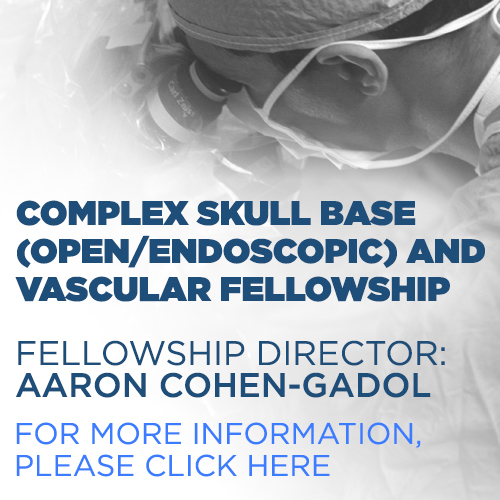
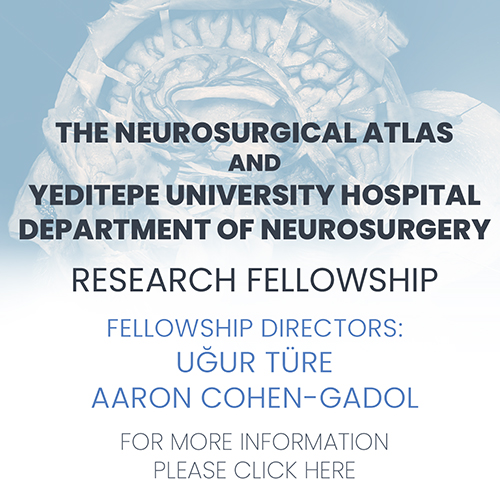


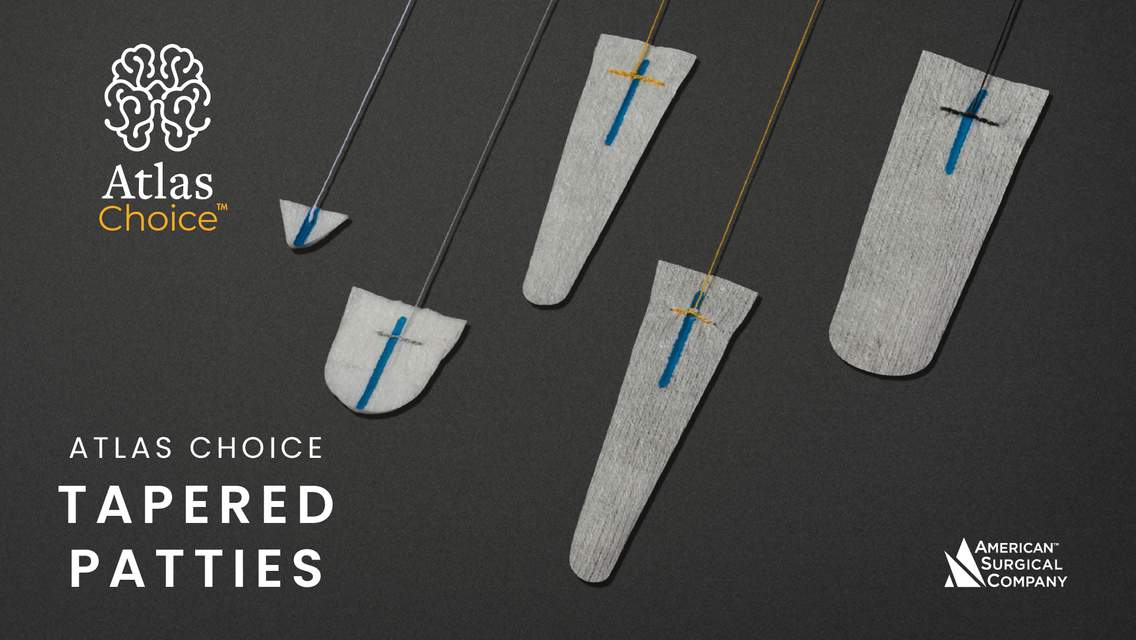


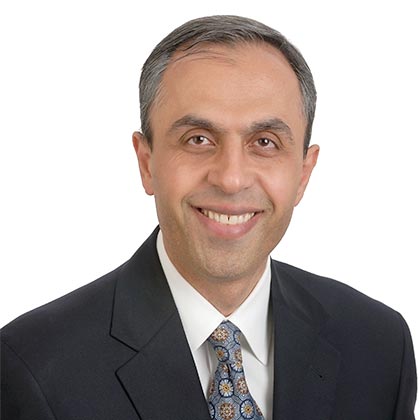
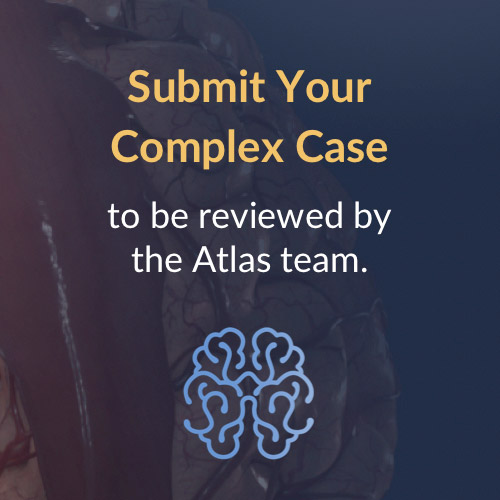
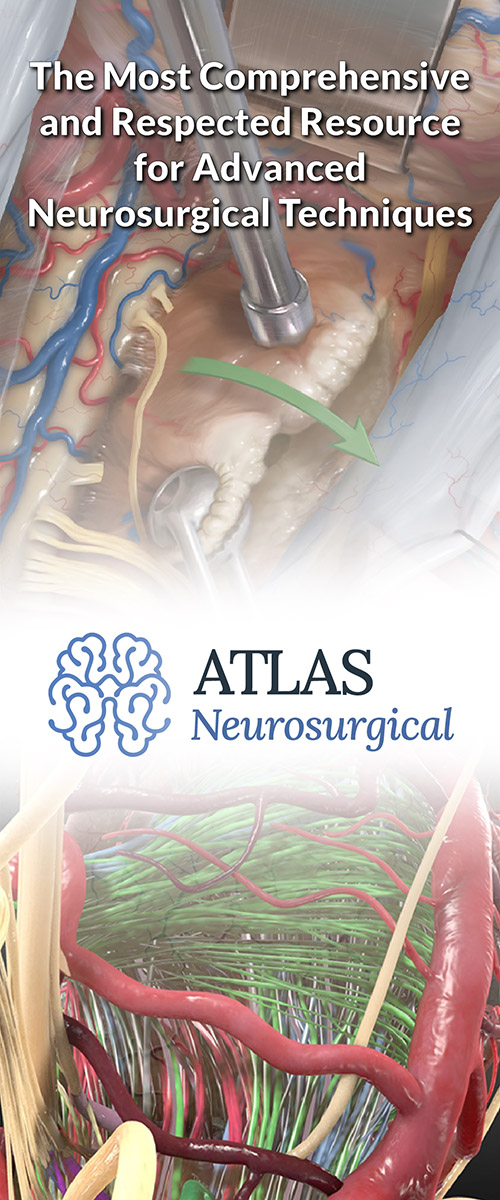


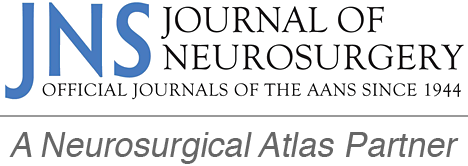


Comments: